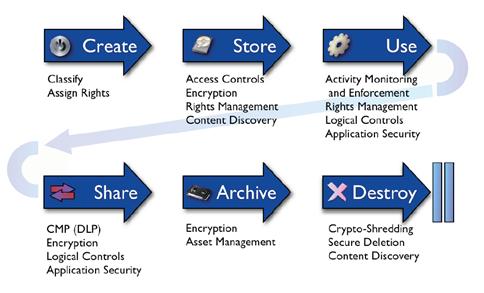Book Review: Gamification by Design: Implementing Game Mechanics in Web and Mobile Apps by Gabe Zichermann and Christopher Cunningham: Publisher- O’Reilly: ISBN- 13: 978-1-4493-9767-8
Gamification is latest buzzword in It industry, particularly in product designing. Gamification by design book attracted me because it talks about the though process of gaming of business applications not of gaming systems.
Gamification is well written and easy to understand. It covers gamification from product design perspective not from developer perspective.
The book consists of eight chapters. Chapter one and two cover foundations and motivation part of gamification. Chapter three, four, and five cover game mechanics and dynamics. Chapter six is full of gamification case studies. Chapter seven talks of some coding about gamification and lastly chapter eight is tutorial on gamification.
Though book present the gamification in very lucid manner but nothing is perfect. It might have better if chapter seven has covered the logic of coding in terms of flow charts.
Nevertheless, book is excellent read and must be on my shelf for long time.
Disclaimer: I did not get paid to review this book, and I do not stand to gain anything if you buy the book. I have no relationship with the publisher or the author.
Further reading: Following books gives further insigh into gamification:
1. Game-Based Marketing: Inspire Customer Loyalty Through Rewards, Challenges, and Contests (http://www.amazon.com/Game-Based-Marketing-Customer-Challenges-Contests/dp/0470562234)
2. Total Engagement: Using Games and Virtual Worlds to Change the Way People Work and Businesses Compete (http://www.amazon.com/Total-Engagement-Virtual-Businesses-Compete/dp/142214657X)
3. Game On: Energize Your Business with Social Media Games (http://www.amazon.com/Game-Energize-Business-Social-Media/dp/0470936266)
4. Gamestorming: A Playbook for Innovators, Rulebreakers, and Changemakers (http://www.amazon.com/Gamestorming-Playbook-Innovators-Rulebreakers-Changemakers/dp/0596804172)
One can get more information about book and related topics from:
1. Book’s web presence http://gamificationu.com
2. Amazon: http://www.amazon.com/Gamification-Design-Implementing-Mechanics-Mobile/dp/1449397670
3. Publisher – O’reilly http://oreilly.com/catalog/0636920014614
4. Author’s blog: http://gamification.co/
5. Review: http://www.rojotek.com/blog/2011/05/03/gamification-by-design-by-gabe-zichermann-and-christopher-cunningham/
Gamification is latest buzzword in It industry, particularly in product designing. Gamification by design book attracted me because it talks about the though process of gaming of business applications not of gaming systems.
Gamification is well written and easy to understand. It covers gamification from product design perspective not from developer perspective.
The book consists of eight chapters. Chapter one and two cover foundations and motivation part of gamification. Chapter three, four, and five cover game mechanics and dynamics. Chapter six is full of gamification case studies. Chapter seven talks of some coding about gamification and lastly chapter eight is tutorial on gamification.
Though book present the gamification in very lucid manner but nothing is perfect. It might have better if chapter seven has covered the logic of coding in terms of flow charts.
Nevertheless, book is excellent read and must be on my shelf for long time.
Disclaimer: I did not get paid to review this book, and I do not stand to gain anything if you buy the book. I have no relationship with the publisher or the author.
Further reading: Following books gives further insigh into gamification:
1. Game-Based Marketing: Inspire Customer Loyalty Through Rewards, Challenges, and Contests (http://www.amazon.com/Game-Based-Marketing-Customer-Challenges-Contests/dp/0470562234)
2. Total Engagement: Using Games and Virtual Worlds to Change the Way People Work and Businesses Compete (http://www.amazon.com/Total-Engagement-Virtual-Businesses-Compete/dp/142214657X)
3. Game On: Energize Your Business with Social Media Games (http://www.amazon.com/Game-Energize-Business-Social-Media/dp/0470936266)
4. Gamestorming: A Playbook for Innovators, Rulebreakers, and Changemakers (http://www.amazon.com/Gamestorming-Playbook-Innovators-Rulebreakers-Changemakers/dp/0596804172)
One can get more information about book and related topics from:
1. Book’s web presence http://gamificationu.com
2. Amazon: http://www.amazon.com/Gamification-Design-Implementing-Mechanics-Mobile/dp/1449397670
3. Publisher – O’reilly http://oreilly.com/catalog/0636920014614
4. Author’s blog: http://gamification.co/
5. Review: http://www.rojotek.com/blog/2011/05/03/gamification-by-design-by-gabe-zichermann-and-christopher-cunningham/







